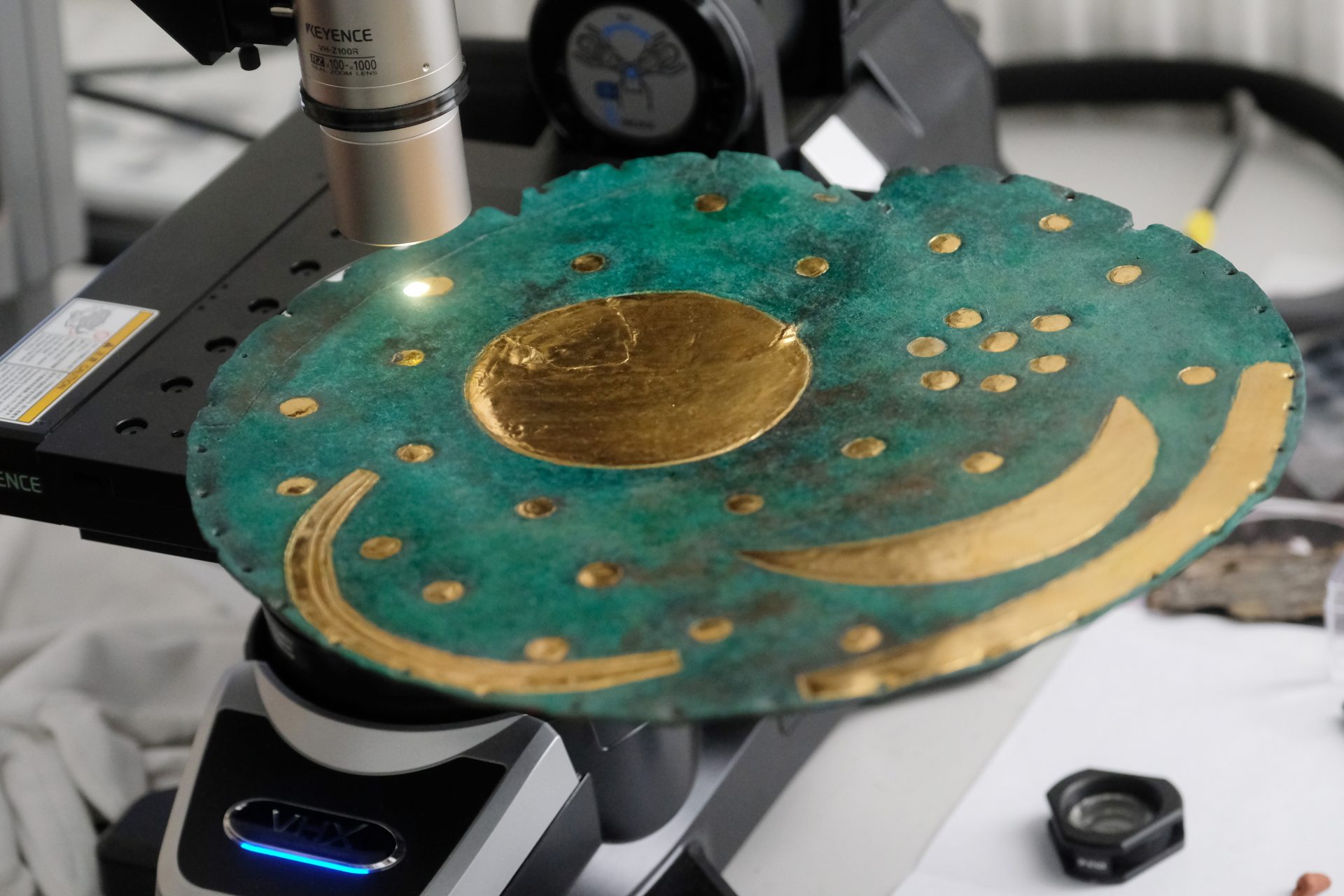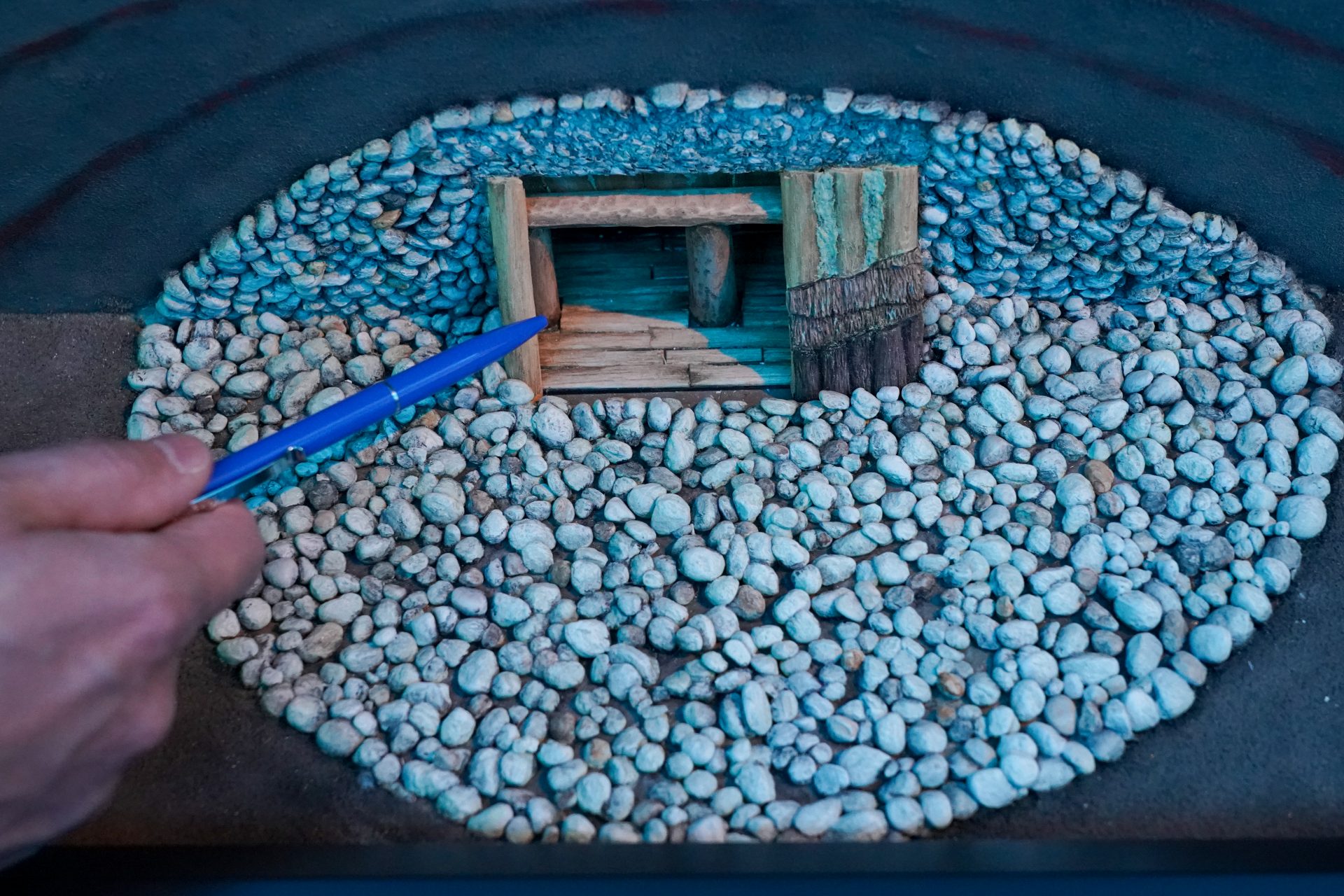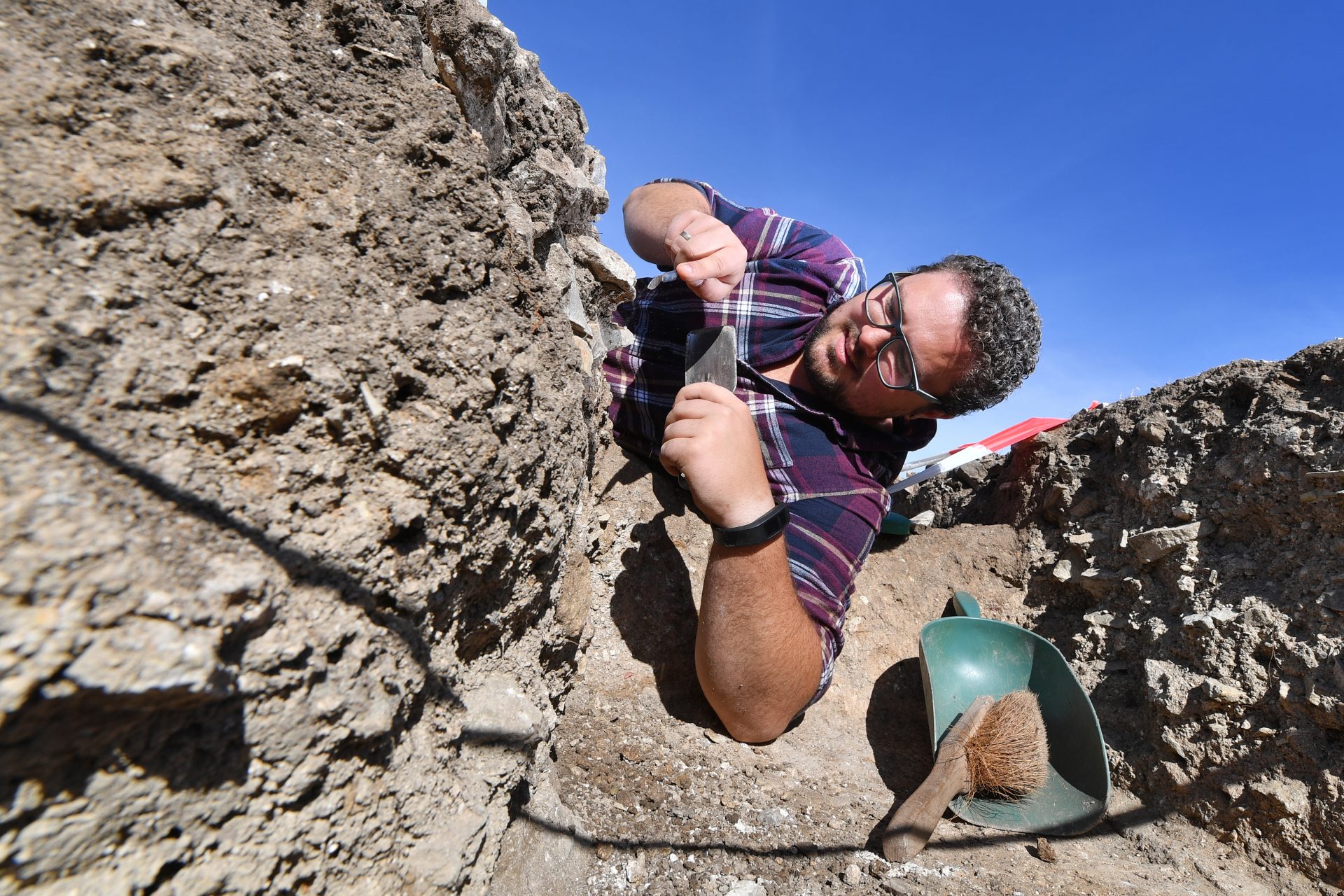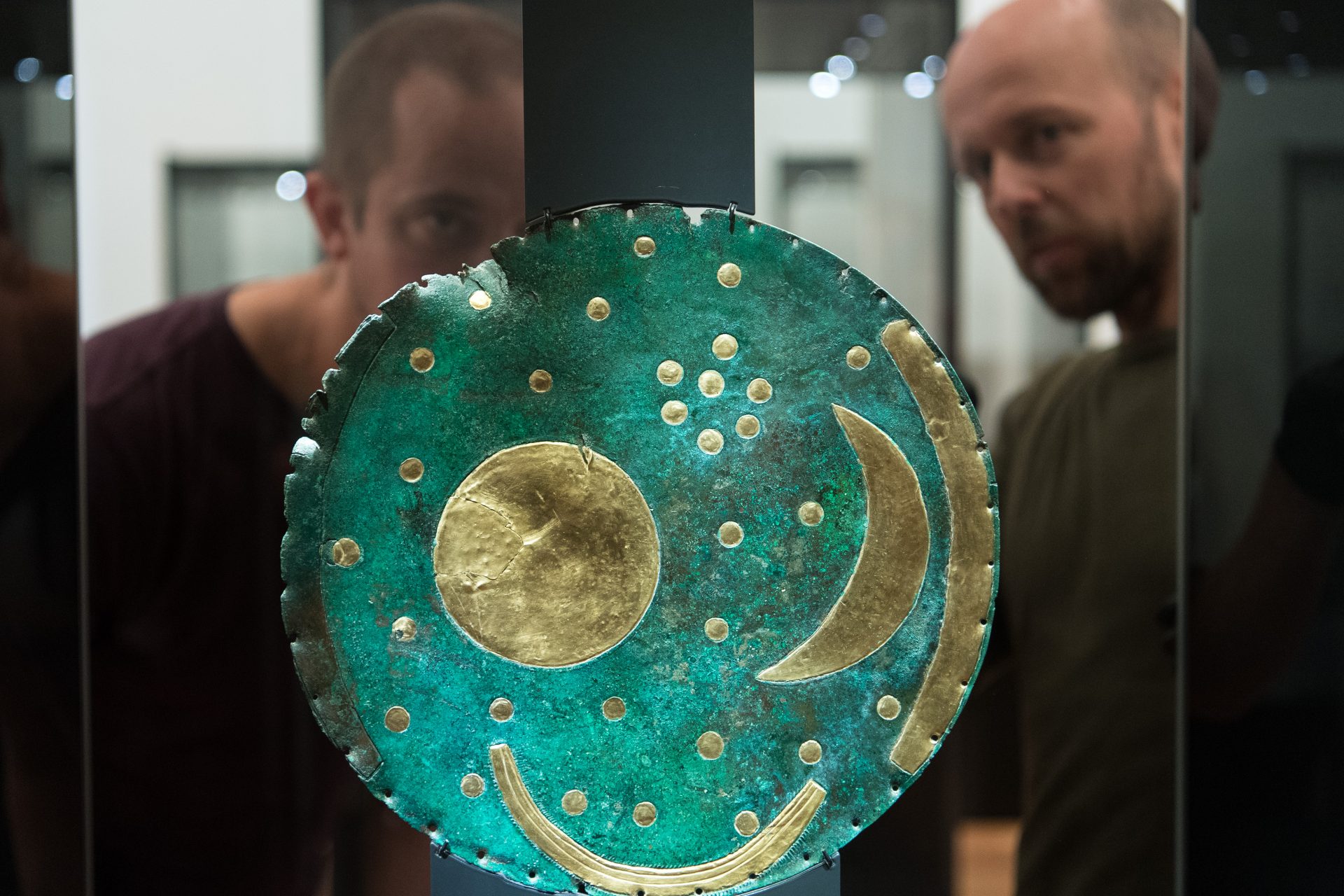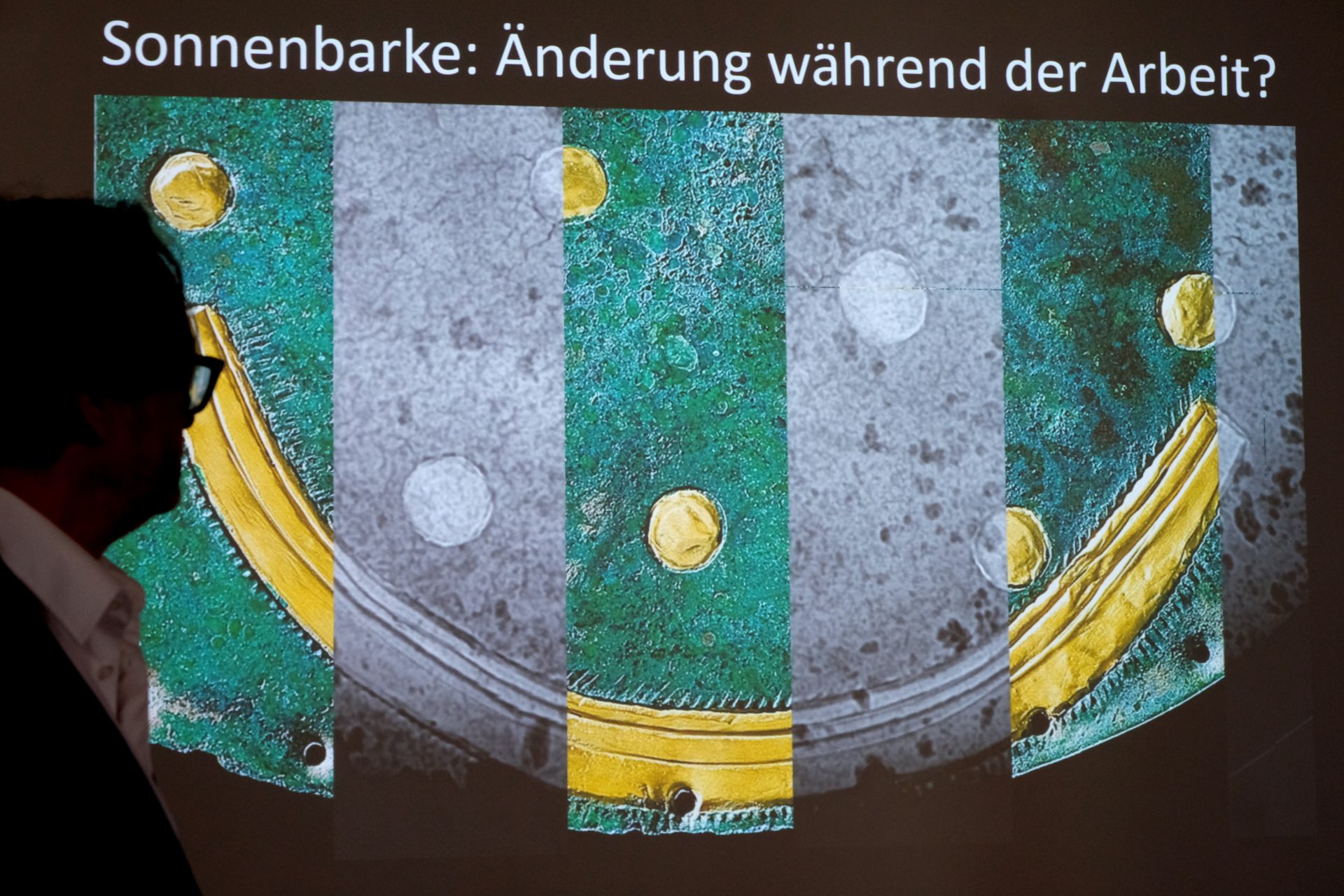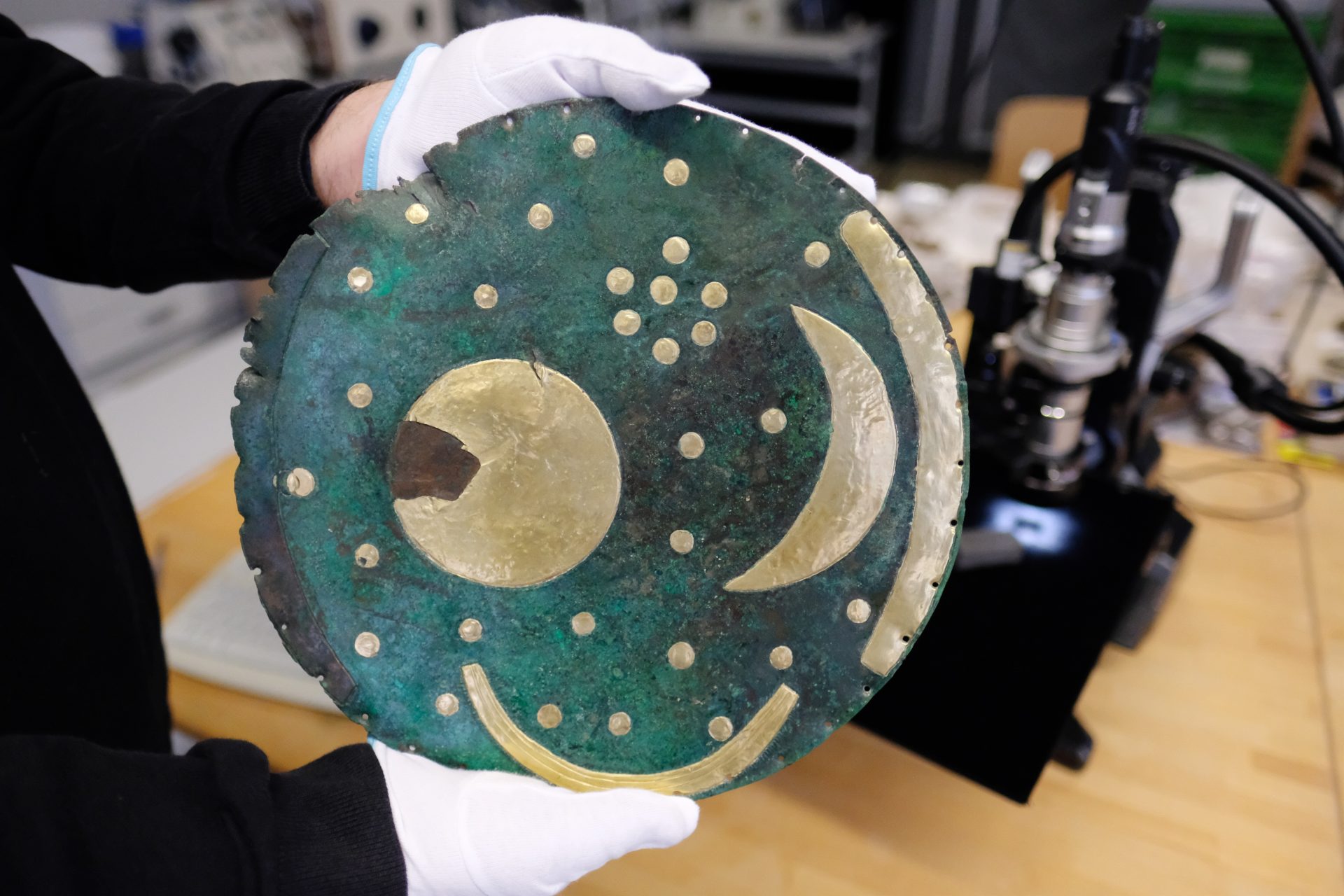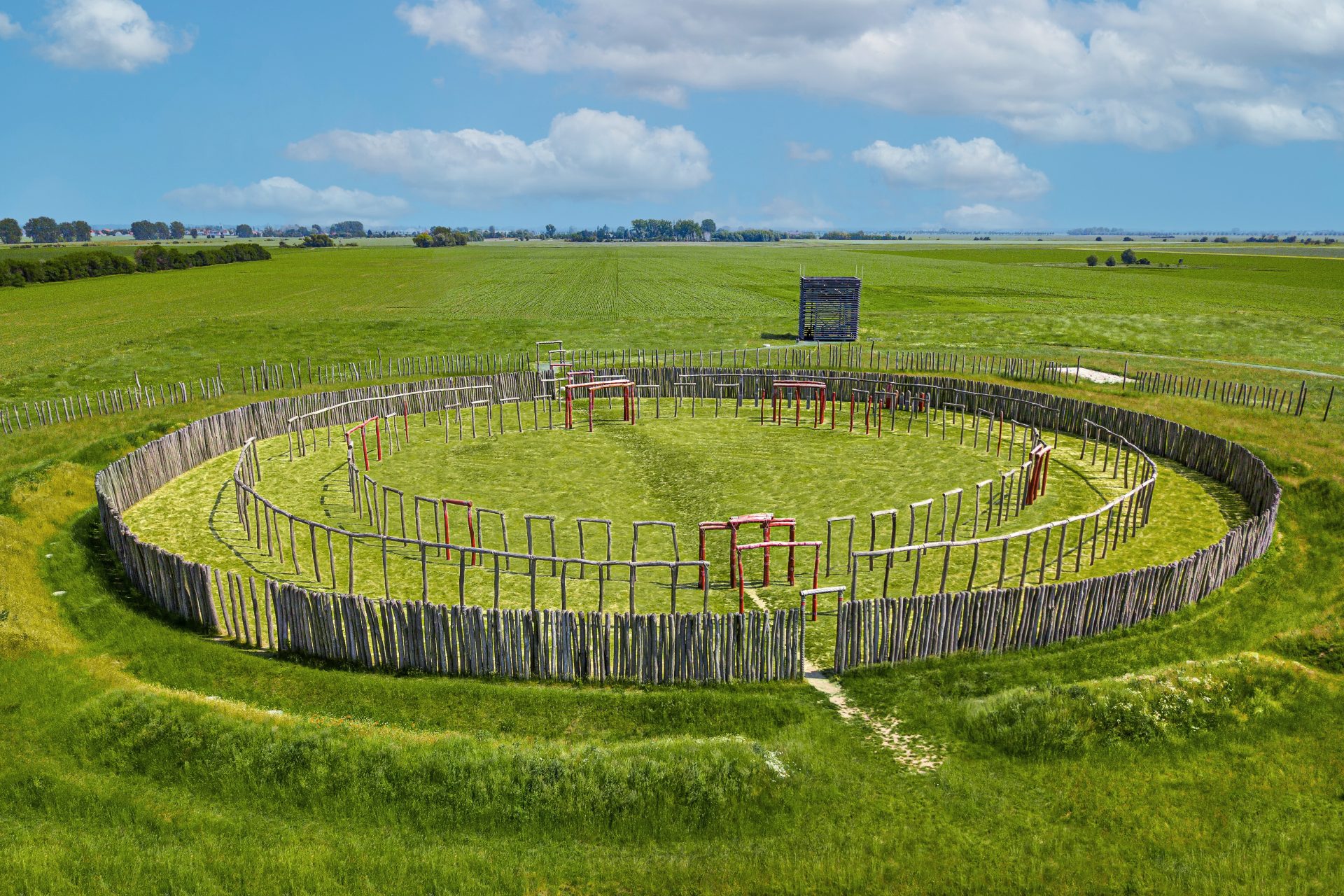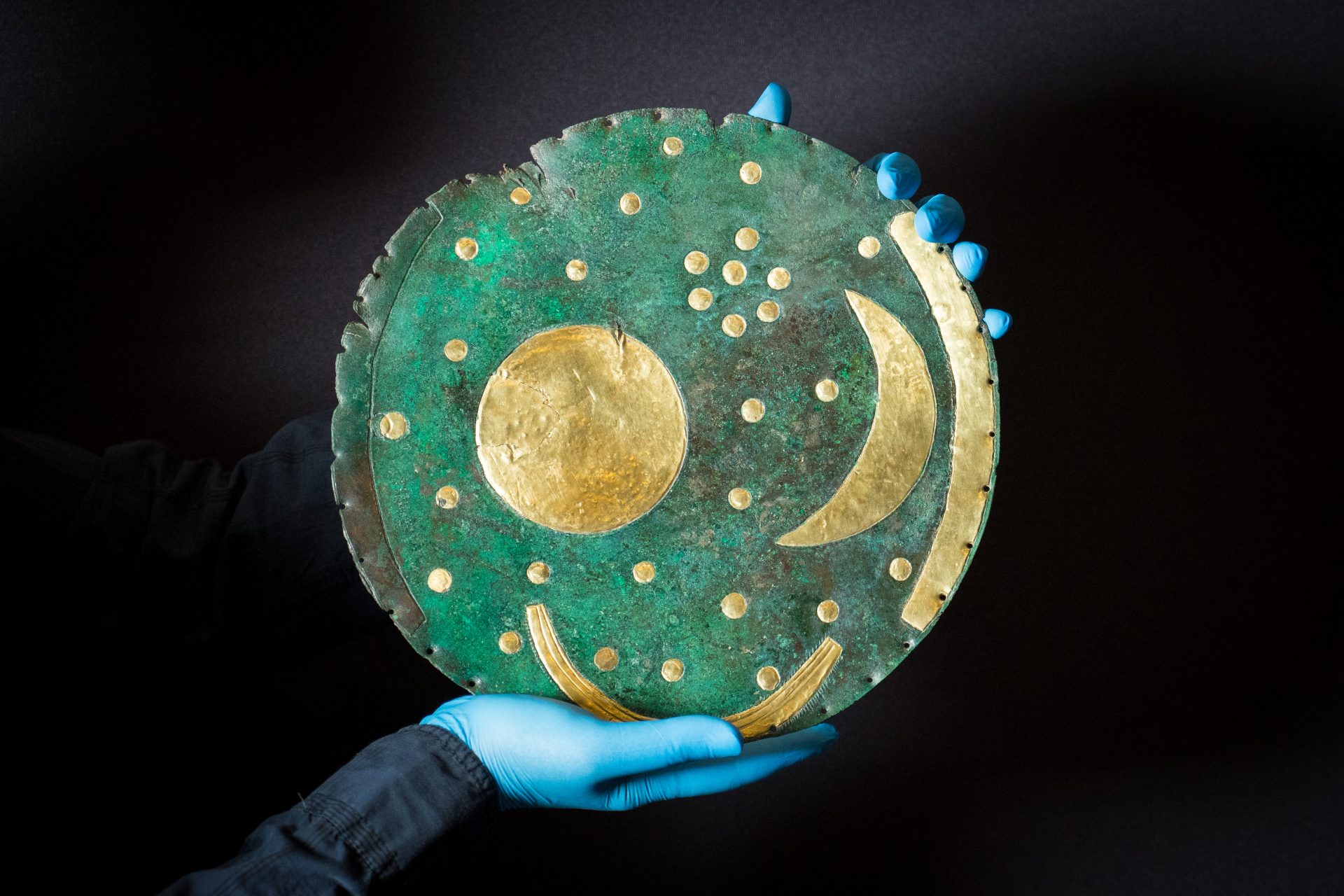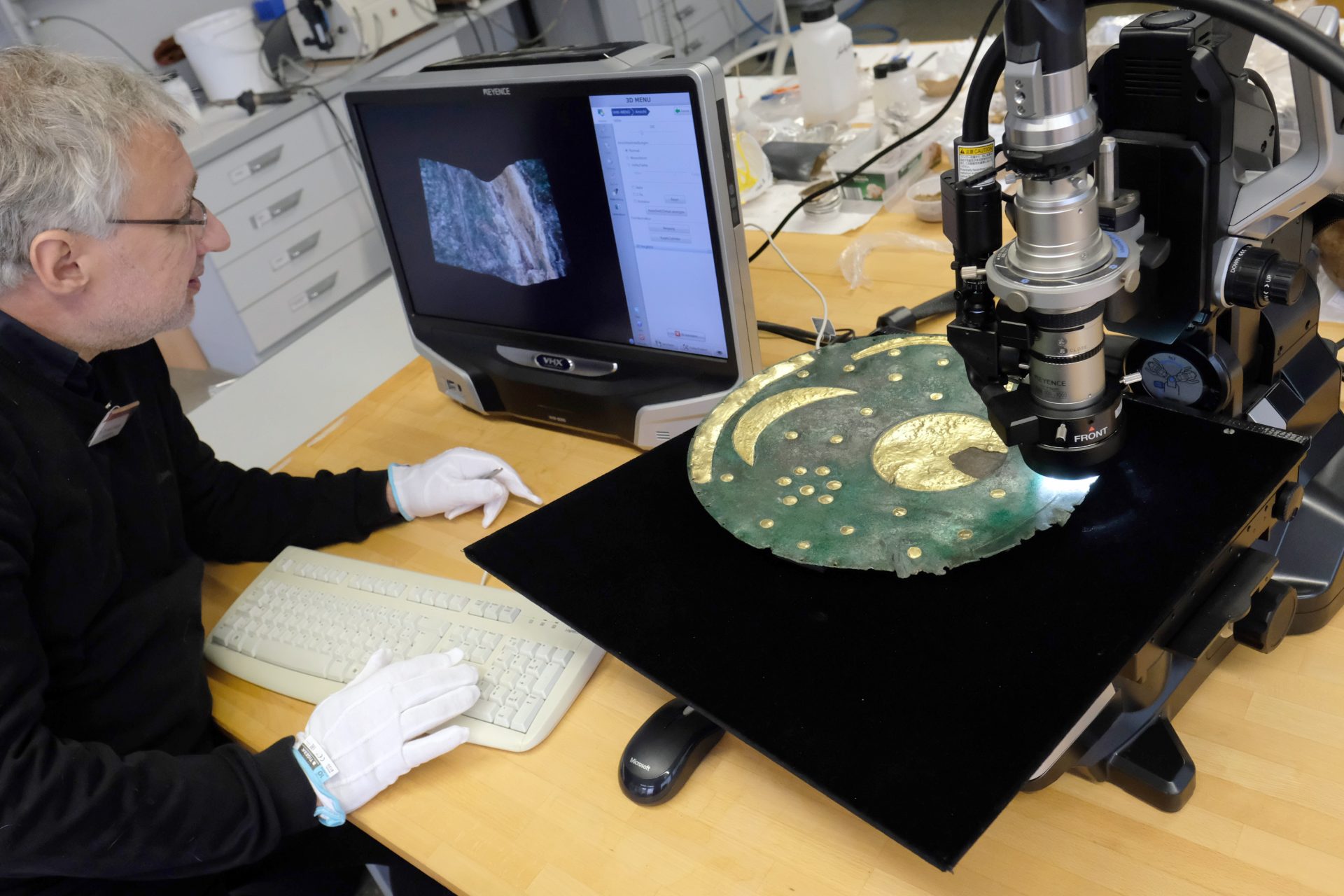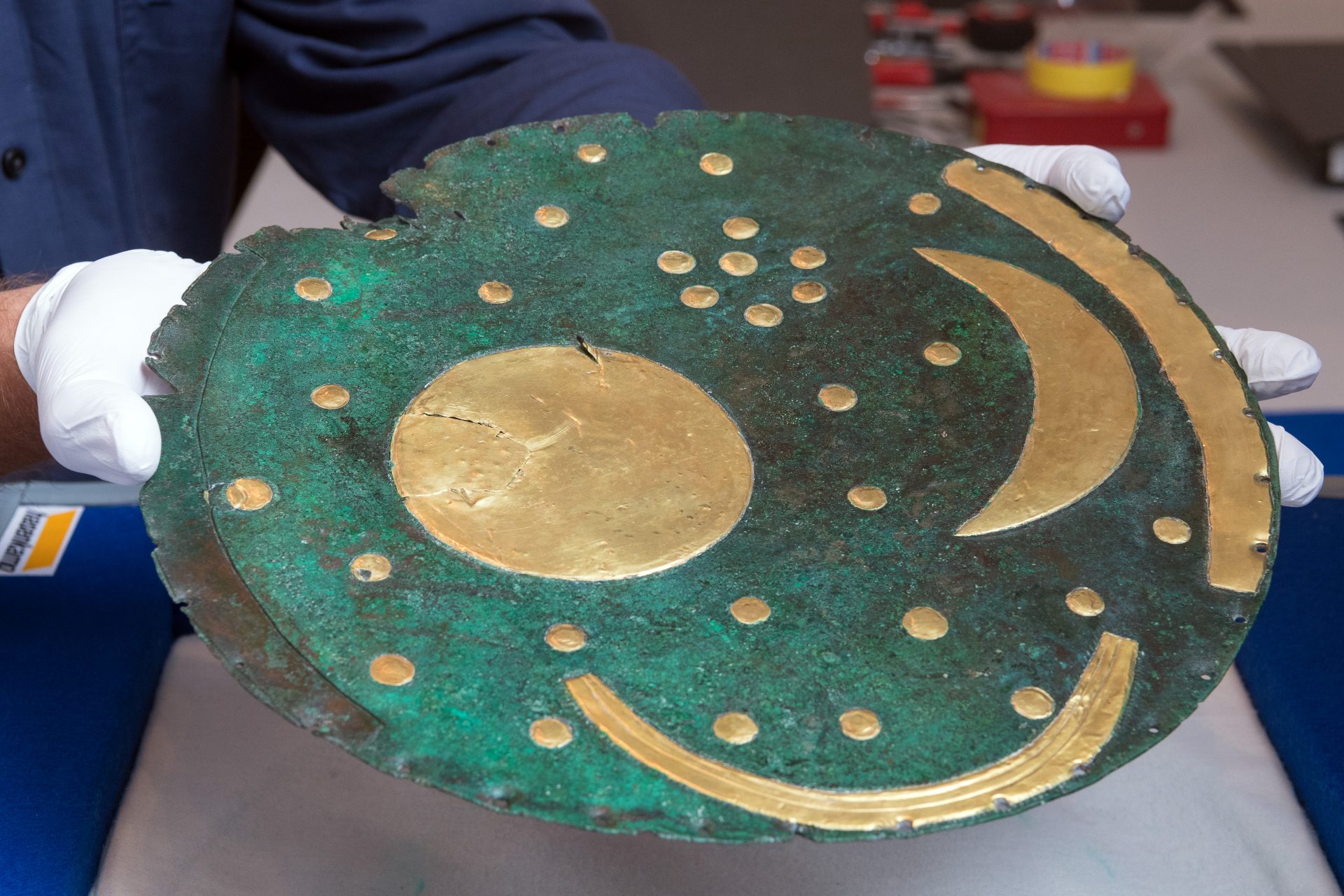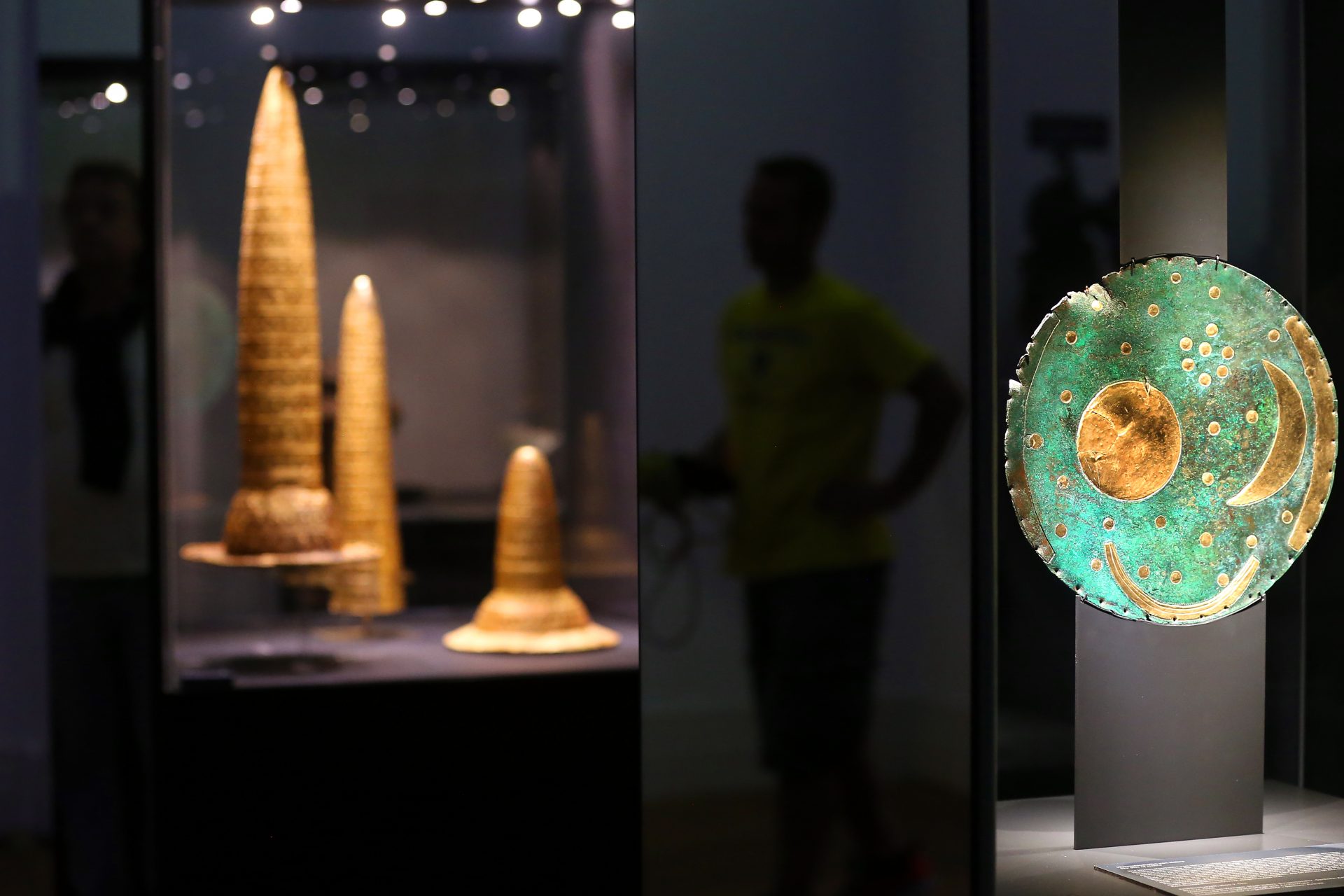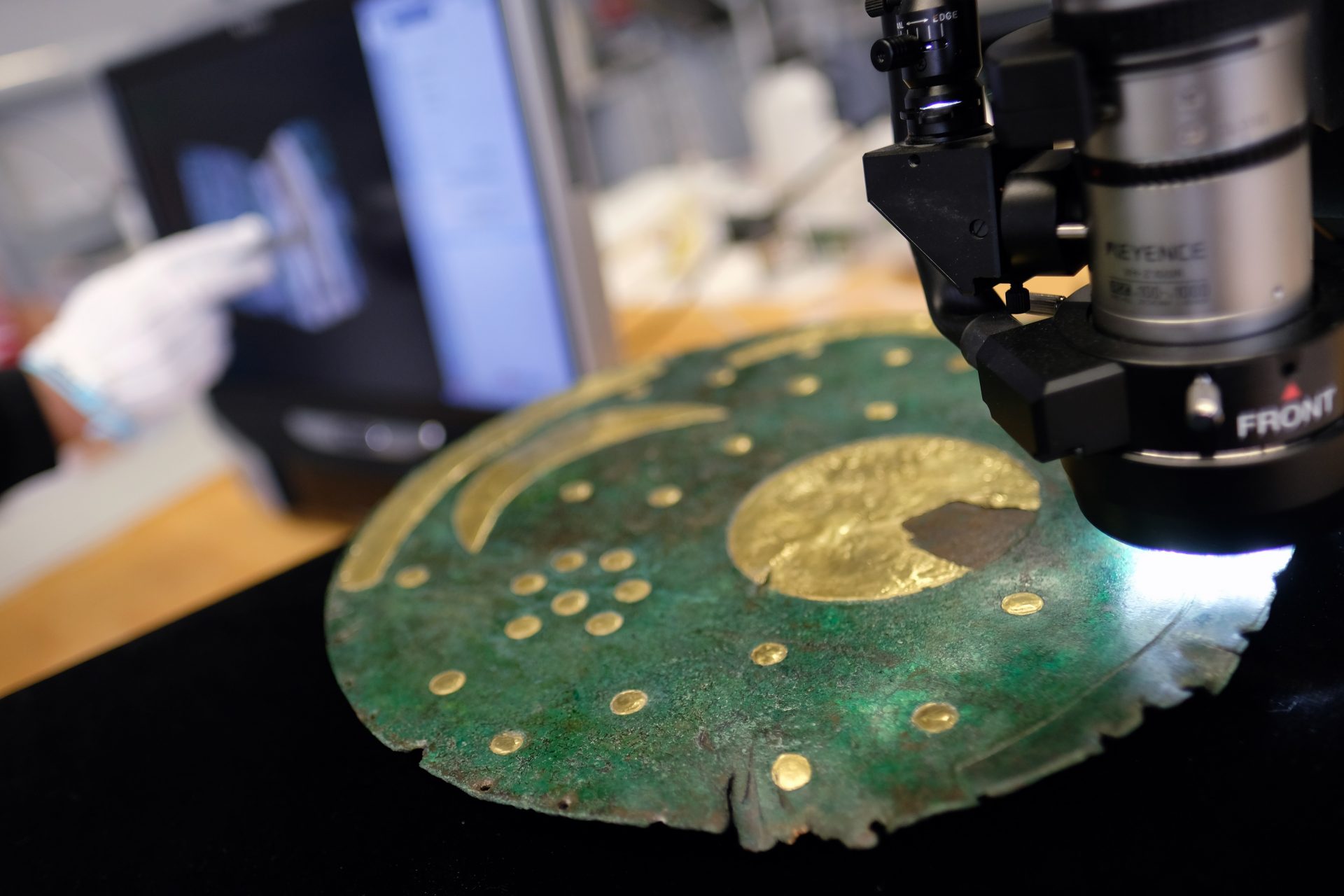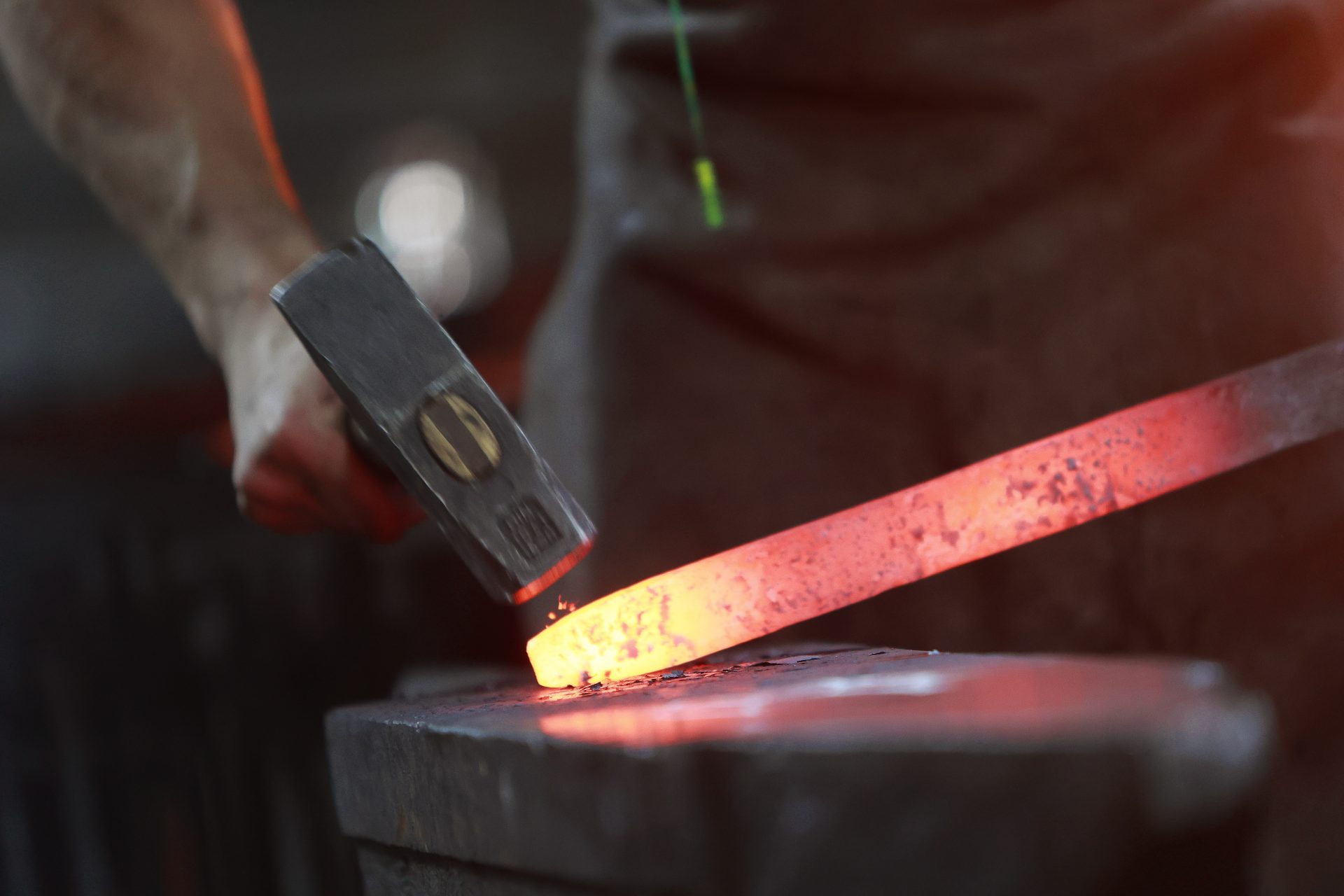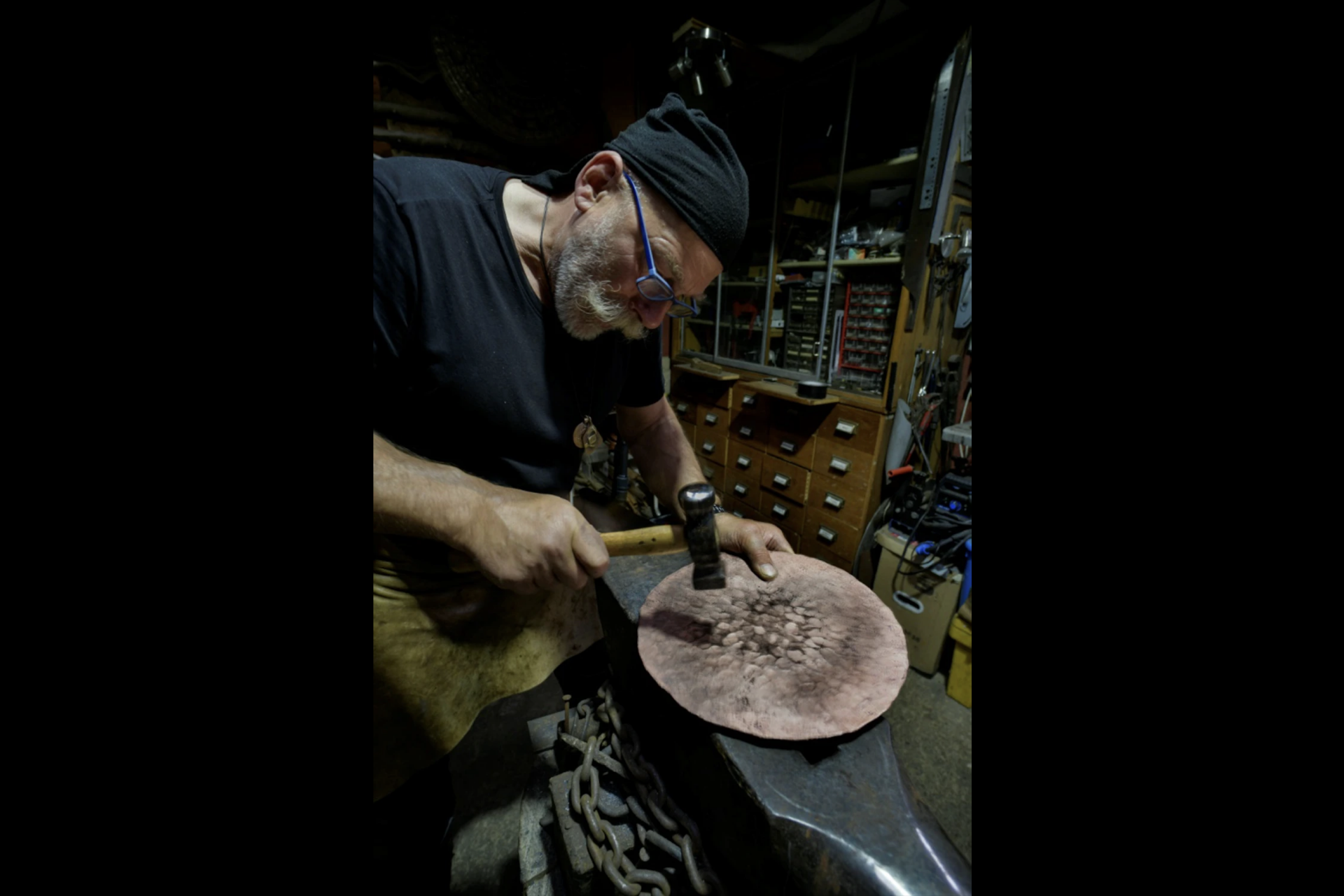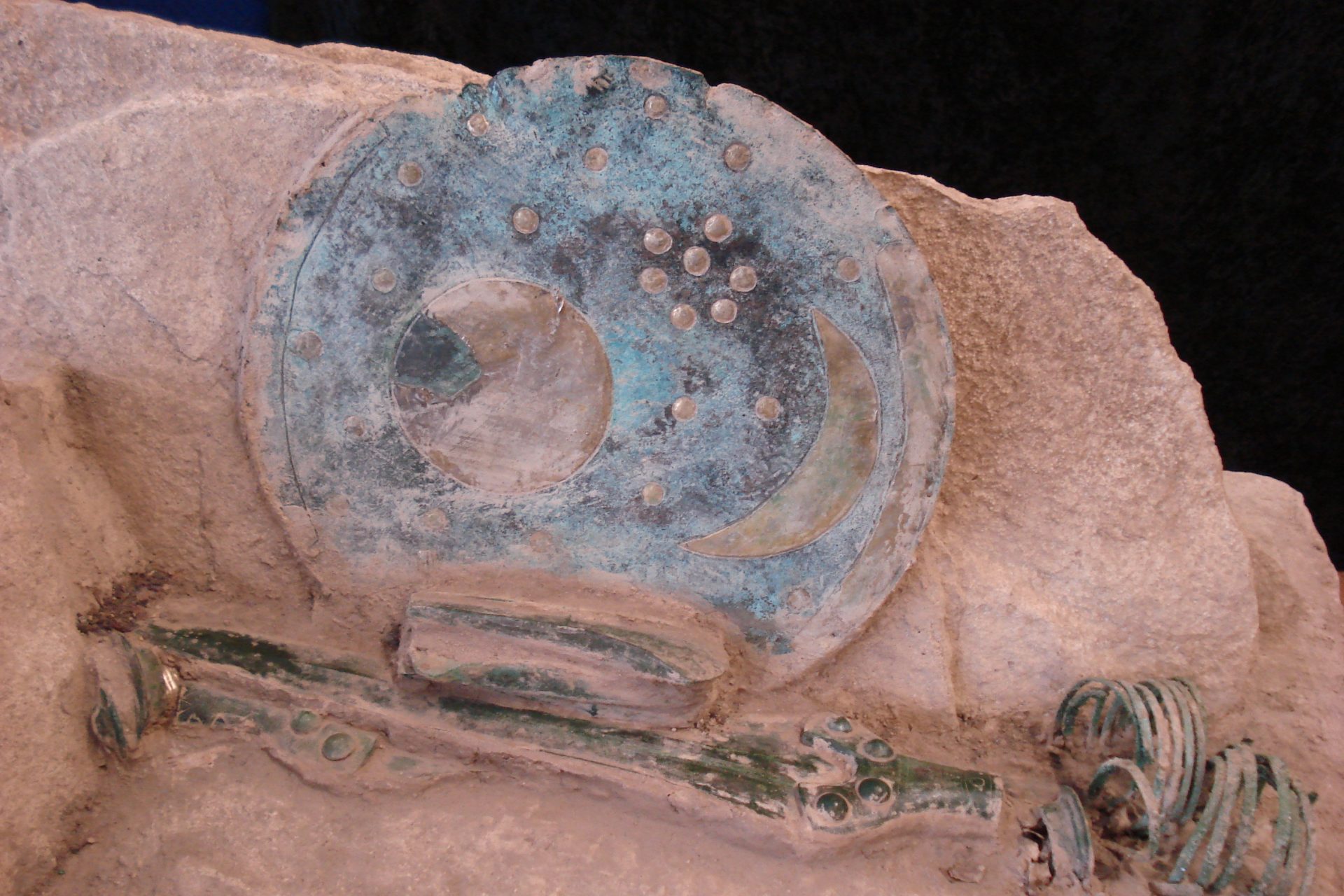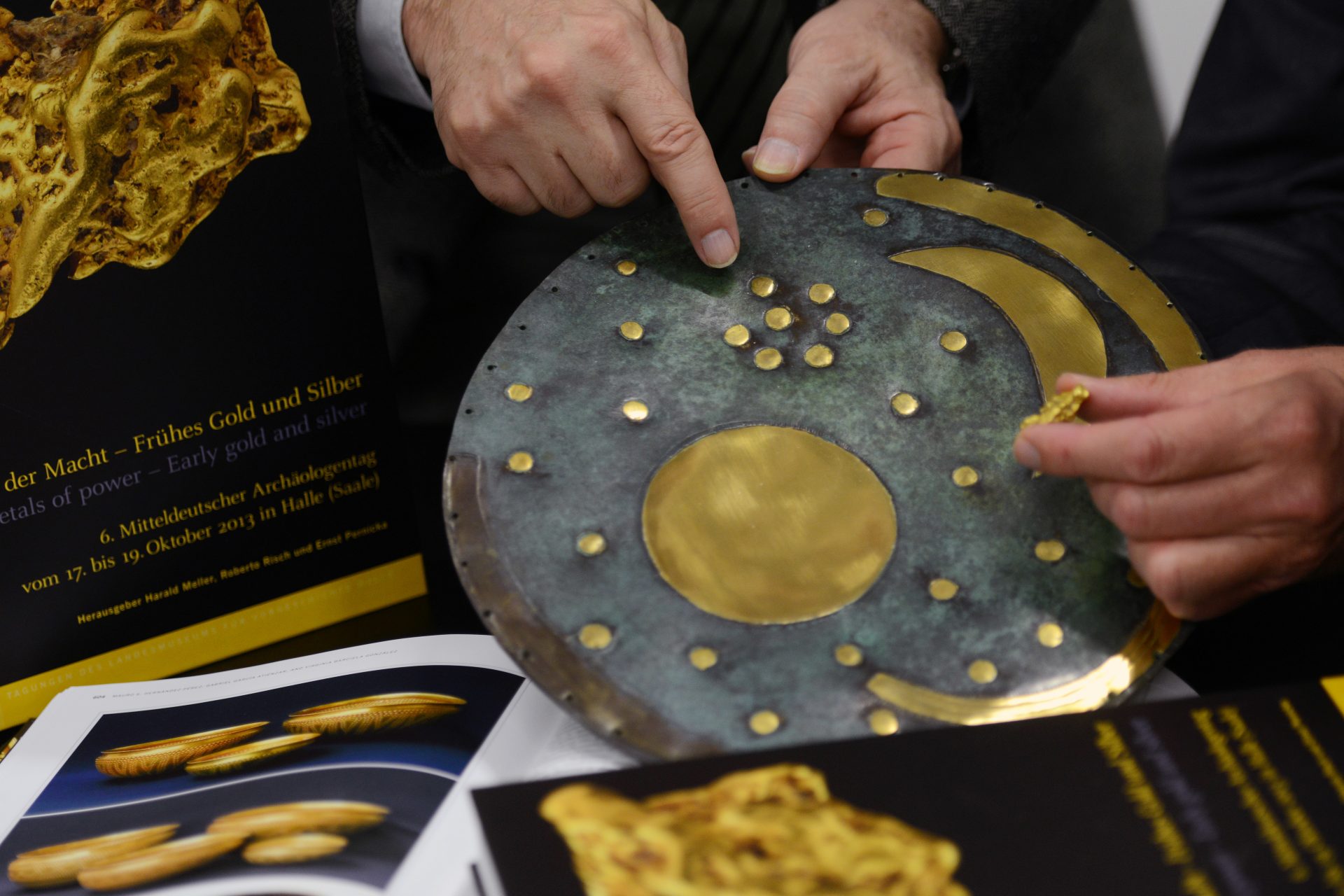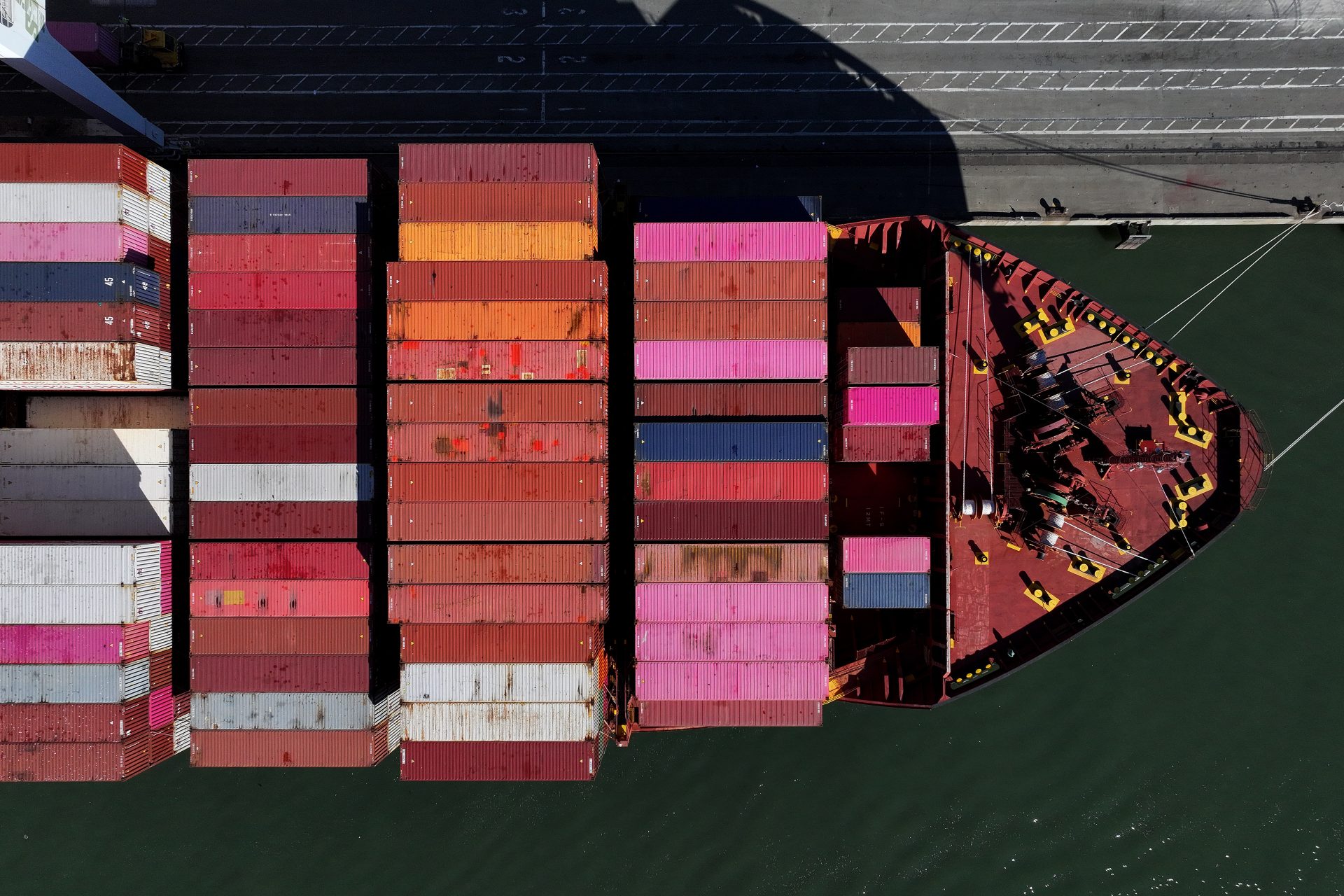Researchers solved a mystery surrounding a weird archeological discovery
The Nebra Sky Disk is one of the most puzzling ancient artifacts that archeologists have ever unearthed. However, some of the mysteries of this weird wonder were revealed by a new study into how the artifact was made.
Discovered by German treasure hunters Henry Westphal and Mario Renner close to the village of Nebra in central Germany, the 3,600-year-old sky disk was illegally uncovered with the help of metal detectors according to Heritage Daily.
The Nebra Sky Disk might not have been given a name that excites the masses, but the unique artifact is one of the greatest discoveries that humanity has ever made in relation to its significance in understanding our past.
Humanity almost lost its chance to study this mysterious artifact thanks to Westphal and Renner, who sold the Nebra Sky Disk to a private collector along with the swords, axes, chisels, and other artifacts that were discovered with it.
A German police operation eventually recovered the Nebra Sky Disk in 2022 and it has been puzzling archeologists and researchers alike since it went on display in the State Museum of Prehistory in Halle in Saxony-Anhalt, Germany.
What makes the Nebra Sky Disk so interesting is the fact that it's the oldest depiction of the cosmos that we know of according to Archeological News. The artifact is fascinating because of its vibrant colors and the materials used to make it.
“Adorned with gold inlays depicting celestial bodies such as the Sun, Moon, and stars, the disc is attributed to the Únětice culture, which thrived during the Central European Bronze Age (2300–1600 BCE),” Archeological News explained.
Photo Credit: Wiki Commons By Michael Deutsch, CC BY-SA 4.0
The Nebra Sky Disk depicts the sun as well as a full and crescent motion. Significant star systems are also present throughout the disk alongside a curve-shaped piece of gold that could be representative of a ship or sickle, Art News noted.
“Despite its relatively small size—measuring about 12 inches (31 cm) in diameter and just a few millimeters thick—it represents a profound understanding of astronomy and metalworking,” Archeological News explained about the disk.
The two greatest mysteries of the Nebra Sky Disk are really more revelations about the level of understanding ancient humans living in what is now Germany had about not only the cosmos but also about mixing metals together.
While we may never be able to figure out how ancient the people of the Únětice culture came to have a deep understanding of astrology, a recent study has claimed it figured out how the Únětice were able to make the Nebra Sky Disk.
Published in the journal Scientific Reports, the study’s authors subjected the Nebra Sky Disk to advanced metallographic analysis and experimental tests before attempting to replicate the process they believe was used to create the disk.
The study’s authors believe the Nebra Sky Disk was created via an intricate hot-forging process that involved ten heating cycles that brought the forge’s temperatures up to a staggeringly high 700°C (1292°F) according to The Collector.
Famed coppersmith Herbert Bauer was brought in by the study’s authors to simulate the forging of the Nebra Sky Disk. Bauer was able to replicate the dimensions of the Nebra Sky Disk after 55 rounds of annealing, Art News reported.
Photo Credit: State Museum of Prehistory, photo: J. Lipták, Munich
State Archaeologist and lead author of the study Dr. Harald Meller said that the findings of the study demonstrated the “extraordinary character” of the Nebra Sky Disk and how “highly developed the art of metal processing was already in the Early Bronze Age.”
Photo Credit: By Christian Reinboth, Own Work, Replica of the Nebra Sky Disk, CC BY-SA 4.0
“The Sky Disc shows how important it is to re-examine seemingly well-known finds when new methods become available," Meller added, and he wasn’t wrong. What was learned has changed our understanding of Bronze Age humans in Germany.
More for you
Top Stories



